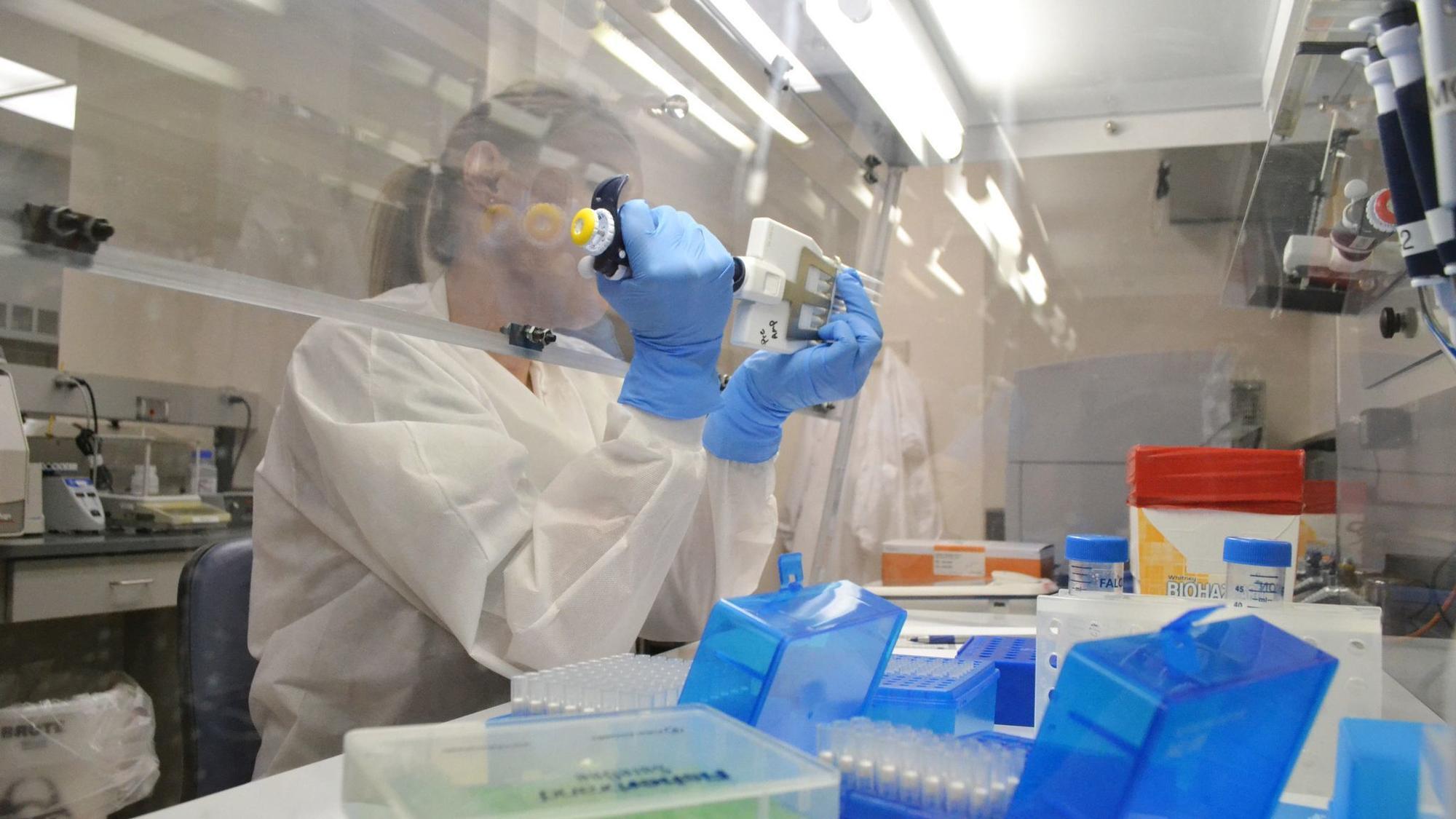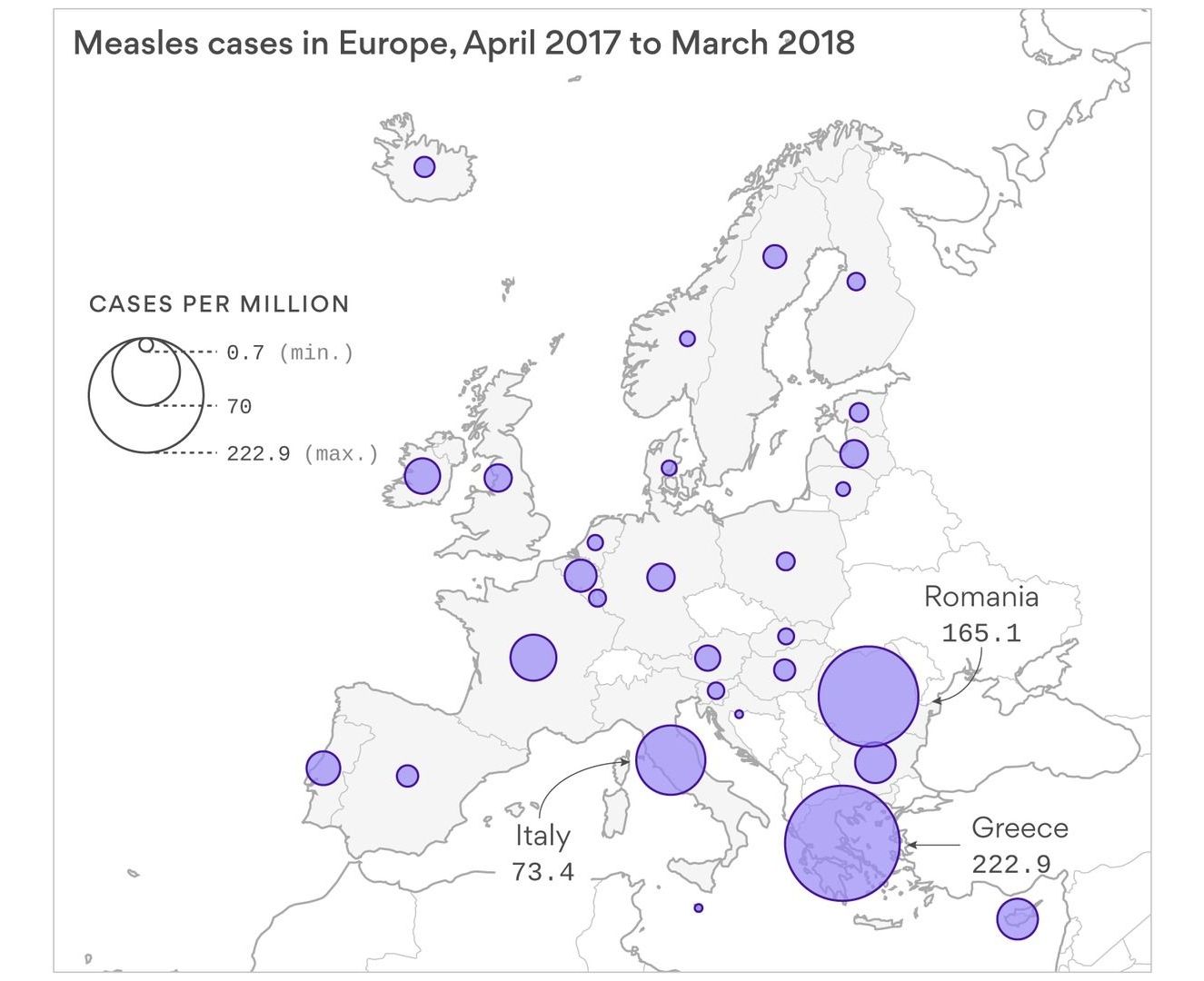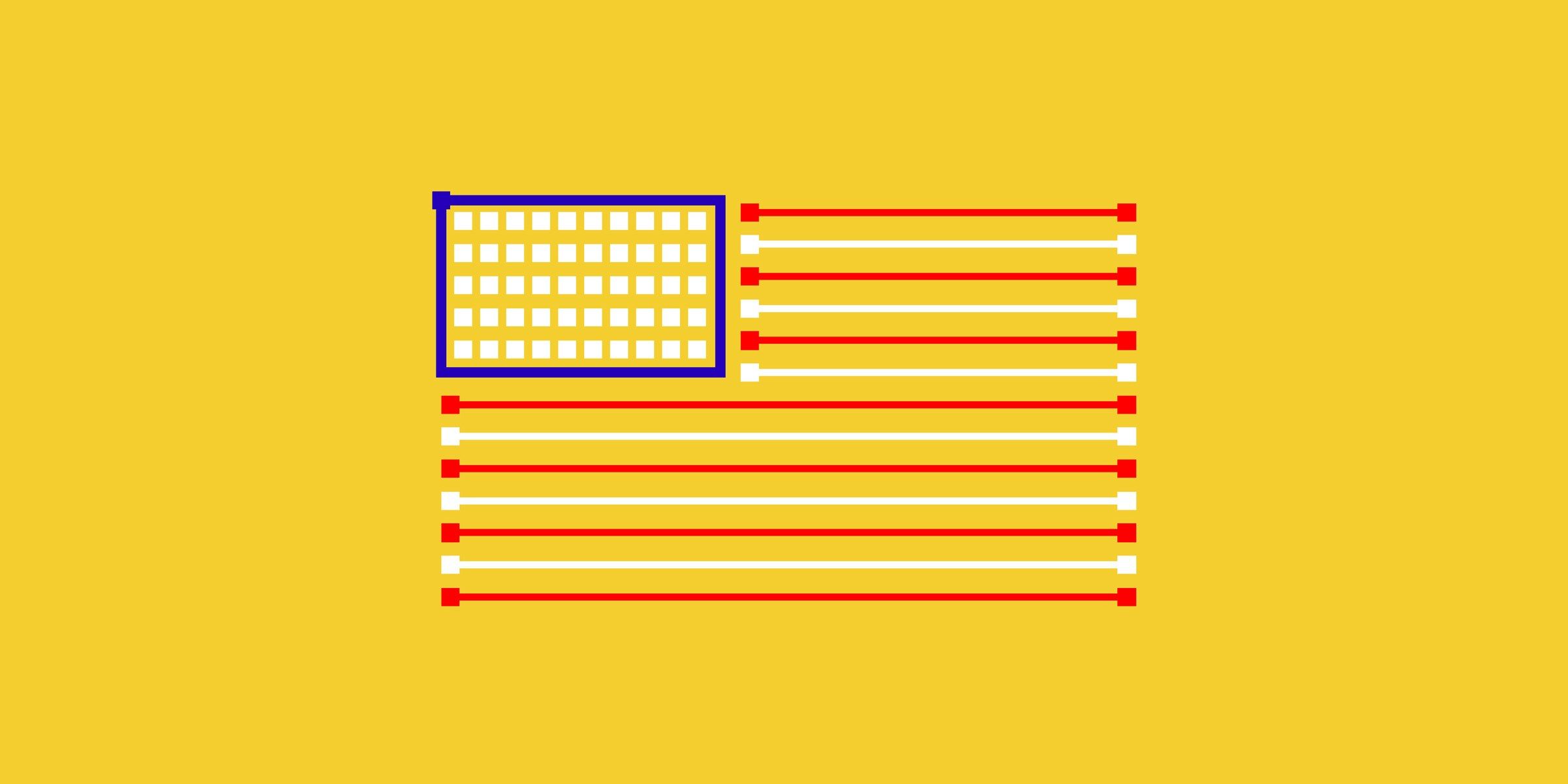Jun 6, 2018
Now that everything can be tokenized, banks are taking notice
Posted by Genevieve Klien in categories: bitcoin, economics, finance
From the figures above, the past year has highlighted how pretty much anything can be put on the blockchain as a way of raising capital. But as it provides access to greater liquidity to investors rather than a conventional equity investment, it’s also demonstrating how a tokenized world is steadily being seen as the norm.
As Krauwer states, though, for an actual token economy to emerge, buyers would need insight in what they buy. “Token owners would need to know how they can keep track of the underlying asset. In addition, they would need a way to store their tokens and trade them with others.”
Not only that, but sellers would benefit from such a platform that would capture their assets in a token and connect them with possible buyers. Additionally, providing some type of quality assurance on top of the tokens would help too.
Continue reading “Now that everything can be tokenized, banks are taking notice” »

















